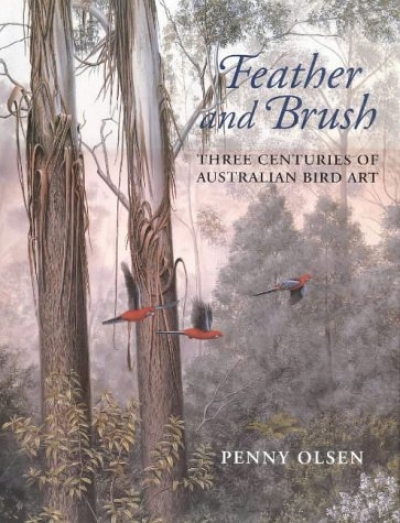Libby Robin
A Change in the Weather: Climate and culture in Australia edited by Tim Sherratt, Tom Griffiths and Libby Robin
by Ian Noble •
The city of Aveiro is compact yet important, with wealthy foundations in the industries of fisheries and salt. The bright white cobblestones of the town’s historical centre evoke its economic history: rock salt crystals with darker cobbled nautical motifs (anchors, rope, fishes). Tiled walls in blue (azulejos) are both practical in the salty air and signal sea. Broad salt pans nearby bless the air with a refreshing sea breeze, the Portuguese equivalent of the ‘Fremantle doctor’. The bright, white light is almost Western Australian in quality.
... (read more)The Ice and the Inland by Brigid Hains & Australia’s Flying Doctors by Roger McDonald and Richard Woldendorp
by Libby Robin •
Feather and Brush: Three centuries of Australian bird art by Penny Olsen
by Libby Robin •




